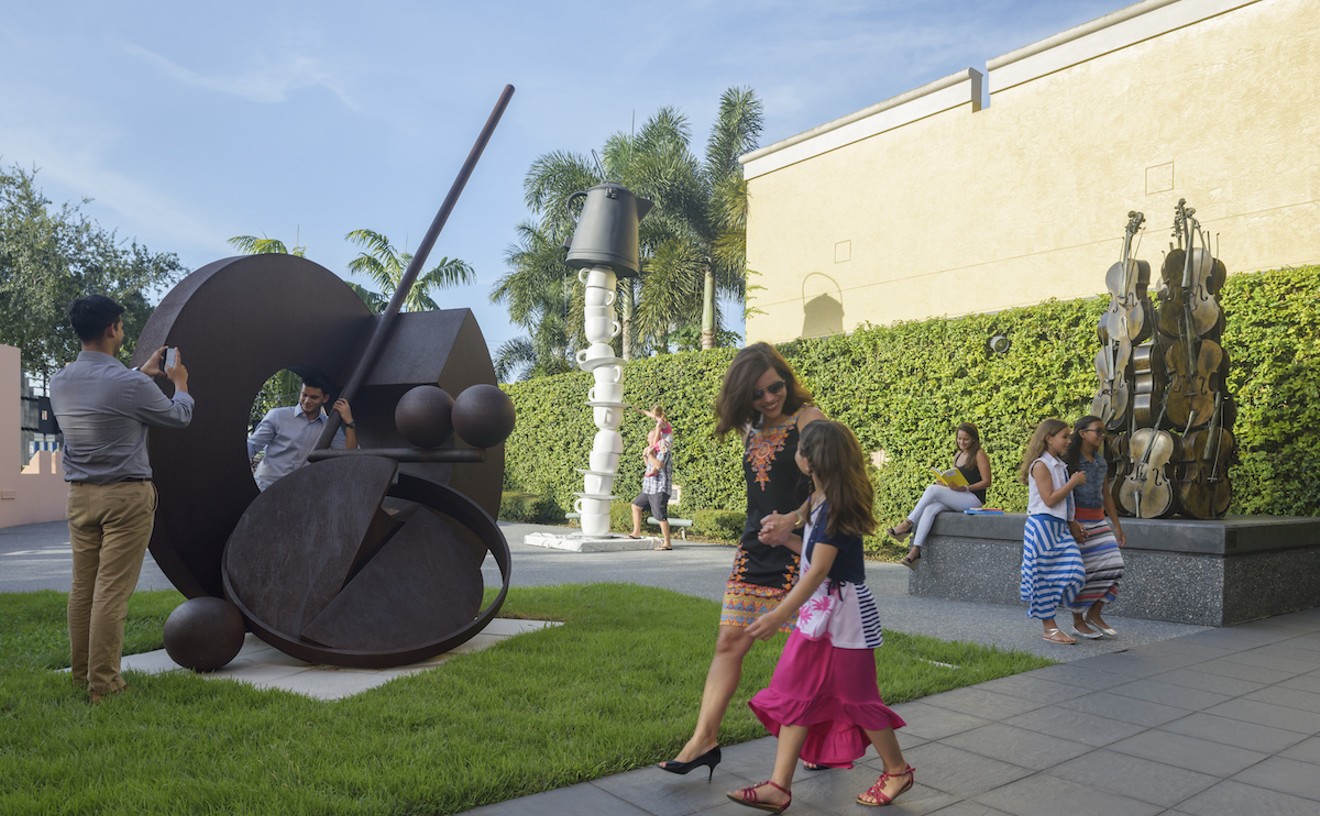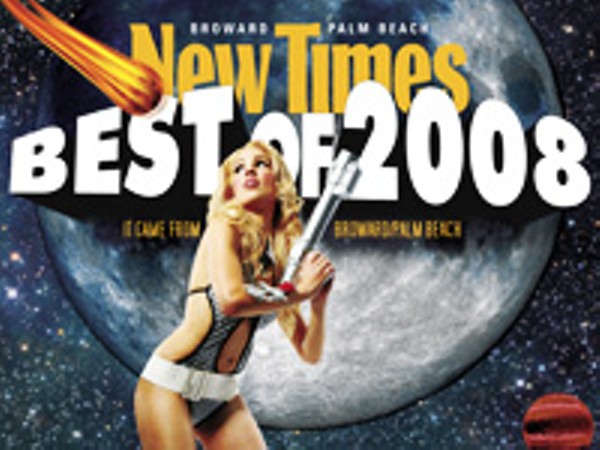Nearly half a century has elapsed since the meteoric career of Marilyn Monroe, and a case can be made that we still don't really know the creature who started out life as Norma Jeane Mortenson Baker and ended it 36 years later as a drug-overdose statistic. That premise was beautifully realized in the Boca Museum's "Life as a Legend: Marilyn Monroe," which used more than 300 works by more than 80 artists to make the case. No such exhibition would be complete, of course, without some of Andy Warhol's 1967 screenprints of the star — iconic images of an icon — and the show featured nine of them, along with works in a variety of other media. But as befitting someone so beloved by the camera, Monroe, who appeared in over 30 films in just 14 years, was most often presented as a photographic subject. There were shots from her landmark shoots — Tom Kelly's "Red Velvet Photos" of 1949; Douglas Kirkland's "An Evening with Marilyn" of 1961; Bert Stern's "The Last Sitting" of 1962, shortly before her death — as well as images from sessions with Bernard of Hollywood, Milton Green, and Sam Shaw. The entire show, in fact, could be seen as a sort of miniature who's who of 20th-century photography, with prominent works by Eve Arnold, Peter Beard, Cecil Beaton, Henri Cartier-Bresson, Alfred Eisenstaedt, and Philippe Halsman. All in all, it added up not just to a striking portrait of a multifaceted personality but also to an examination of someone who inhabited her cultural moment with unusual fullness.
Best Group Exhibition
"Life as a Legend: Marilyn Monroe"Boca Raton Museum of Art
Best Hip Hop Group
Major League
While Broward County isn't known for its hip-hop, there are some quality acts here making a sound that transcends the current divisions in rap music. At one end you've got folks who think street-hop is the only rap worth mentioning; if it's not gritty and at least somewhat hood, they won't give it a chance. On the other end, those pesky backpackers with their witty rhymes seem like they think they're better than everyone else because their wordplay is more advanced. The two camps rarely mix, yet Fort Lauderdale's Major League satisfies both audiences at once. This four-man crew can get hood in a minute, but their deft, hilarious rhymes are a throwback to a time when hip-hop was fun no matter what. They're crafty enough to get on major shows like Rock the Bells, and have an entrepreneurial spirit that's refreshing. They're also directly involved with Hi-Top Studios, a mini sneaker store/hip-hop enclave where some of the area's finest emcees go to sharpen their skills and hang. When it comes to keeping hip-hop culture alive, Major League succeeds handily.
Best Live Band
Jacob Jeffries Band
Seemingly coming out of nowhere, in the past 12 months the Jacob Jeffries Band has made a huge mark on the local music scene. Fronted by honey-voiced, 19-year-old singer/songwriter/pianist Jacob Groten, this quartet has some of the best-composed tunes in the area — and outsiders are starting to notice, too. Gigs at the Sundance Film Festival and South by Southwest are just a couple of landmark performances the band has racked up lately. With Jimmy Powers on guitar, Brian Lang on bass, and Josh "Papa Bear" Connolly on drums, this foursome locks in unlike any other band around. They're always encouraging audience participation, and they make sure you have a good time whether you know the words to their songs or not. What's best is that all of their compositions are originals.
Best Movie Theater
Cinema Paradiso
It doesn't get any better than this: A big theater that hasn't succumbed to the dreaded multiplex sickness. Paradiso started out as a church, not a movie palace, and a warren of little-box theaters was never in the cards. Instead, they offer lots of plush velvet seats, one big screen, and movies galore, from Fort Lauderdale film fest entries to programs for kids. Plus, they sell beer at the refreshment stand. And popcorn that tastes good. Tragically, Cinema Paradiso is a one-of-a-kind joint in Broward-Palm Beach. May its success spread like sunshine, creating many other Cinema Paradisos.
- 503 SE Sixth St., Fort Lauderdale, 33301 Map
- 954-525-3456
- fliff.com
Best Museum
Museum of Art/Fort Lauderdale
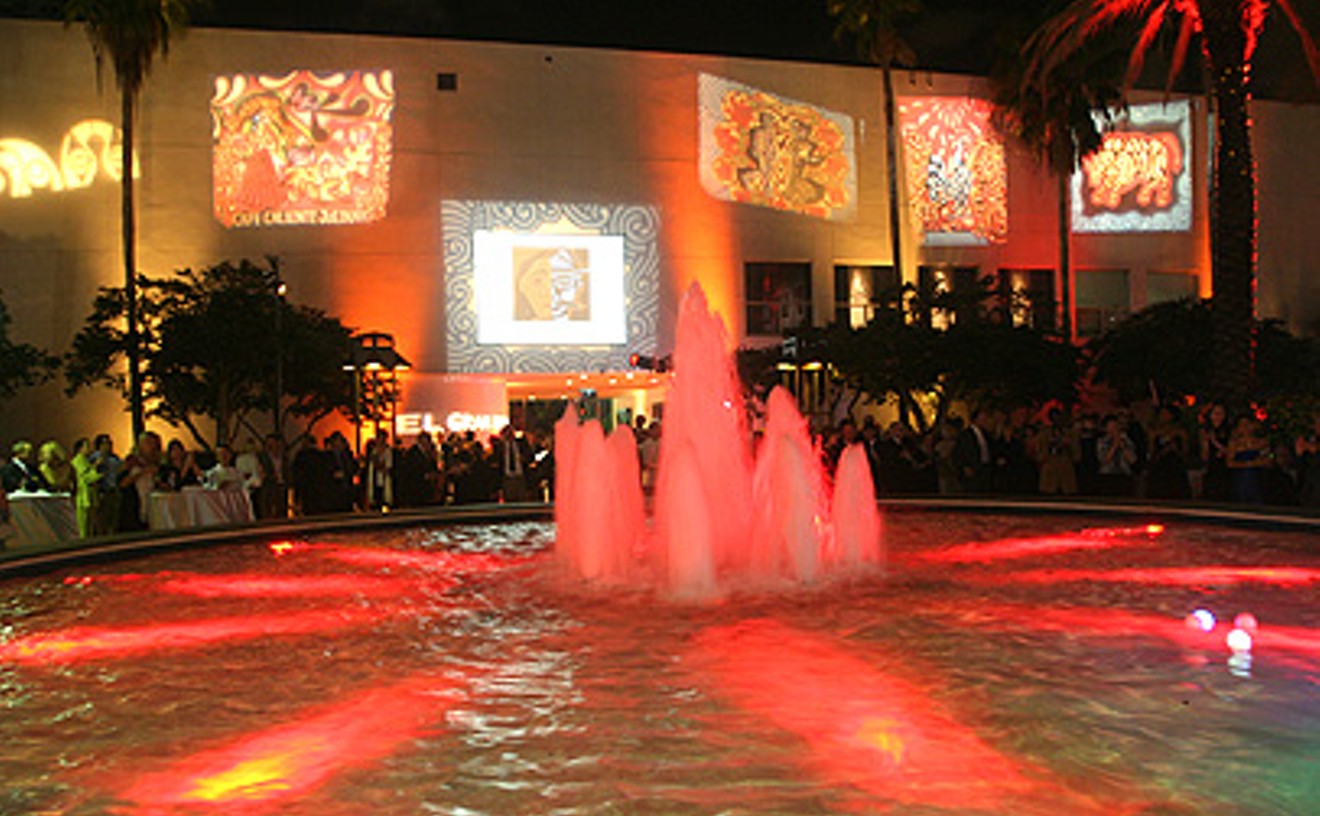
Less than a decade ago, the prospects for the Museum of Art/Fort Lauderdale were grim. There was talk of a third-party takeover, or of even closing the place down altogether. Then came, in short succession, "Saint Peter and the Vatican: The Legacy of the Popes," "Diana: A Celebration," and, most triumphant of all, "Tutankhamun and the Golden Age of the Pharaohs," which went on to make history as South Florida's most popular exhibition ever. Which raised the question: How do you top Tut? You don't, exactly, but you don't just throw in the towel, either. After the double whammy of "Chicano Visions: American Painters on the Verge" and "Cradle of Christianity: Treasures from the Holy Land" — the former a sleeper, the latter a disappointment — the museum reestablished its artistic credibility last year with a pair of audacious exhibitions. "The Quilts of Gee's Bend" featured 60 or so quilts more reminiscent of Abstract Expressionist painting than of traditional quilting, and "Inspired by China: Contemporary Furnituremakers Explore Chinese Traditions" challenged 22 artisans to put their spin on traditional Chinese furniture. The museum thrives on other fronts as well. Its small art school continues to grow, and its previously underused Horvitz Auditorium sits empty less and less often, thanks to the Inside Out Theatre Company's residency and other special events. And the museum still knows how to throw a mean exhibition opening, as evidenced by its knockout "Gee's Bend" bash.
- 1 E. Las Olas Blvd., Fort Lauderdale, 33301 Map
- 954-525-5500
- www.moaflnsu.org
Best Music Festival
Langerado Music Festival
It's hard to think of any other local festival more worthy of this honor than Langerado. Sure, this year it took place in the middle of the Everglades, so it technically wasn't in Broward or Palm Beach County, but Langerado is undeniably a homebrewed festival. The organizers live in Broward County and it's thrived here for five of its six years. Organizers of other local festivals are going to have to step it way up to compete with Langerado, which had an insane lineup this year: The Beastie Boys, Matisyahu, R.E.M., Ani DiFranco, the Roots, and Arrested Development all helped the festival veer away from the jam band label it's had since getting started in 2002. The only problem: mid-March in the Everglades can get cold at night. Still, they had over 40 acres for revelers to enjoy, plus lots of delectable food for sale.
Best Musical
Aaron Posner and James Sugg's A Murder, A Mystery, A MarriageFlorida Stage at Plaza Del Mar Shopping Center
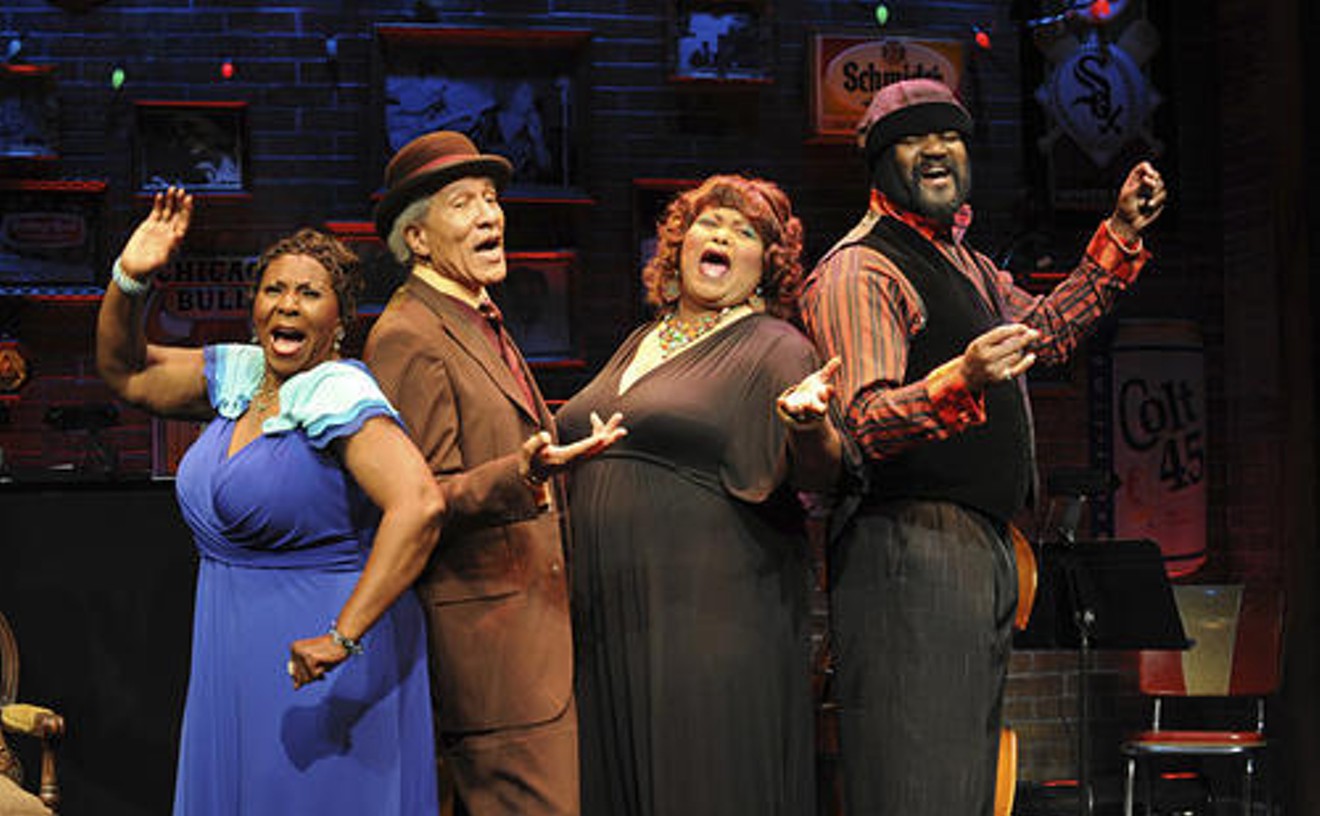
Who cares if Mark Twain's long-missing short story really needed a musical adaptation? The more pressing question is this: did music this good actually need to be wrapped around any story at all? No. Though the Twain-inspired yarn was fun and funny, it was mostly just fluff; when you've got a man dressed as an 1800s prairie granny grinding out fabulous barroom piano, you don't need much else. That's what M3 gave us, and more: that campy piano was the backbone of a whole lot of really beautiful music by James Sugg. Buy the CD, listen to the ditty "God's World," and weep. We would have wept ourselves if there hadn't been so much prairie-drag in the room, which tends to dull one's sensitivity a bit.
- 262 S. Ocean Blvd., Lake Worth, 33462 Map
- 561-585-3433
- www.floridastage.org
Best New Play
Juan C. Sanchez's Red TideThe Promethean Theatre at the Mailman Hollywood Theatre Nova Southeastern University

Near as we can tell, South Florida's got only two playwrights who live up to New Times' standards of both talent and weirdness. One is Marco Ramirez, who mostly sticks to Miami, and whose only full-length offering this year was a pulpy play about a werewolf (but look out next year, when he'll unveil a new play about a guitar riff that opens a portal to hell). The other is Juan C. Sanchez, a mild-mannered gentleman who can usually be found manning the ticket counter at New Theatre in Coral Gables. It would be hard to tell from his boyish, bespectacled face that his brain is the demon-haunted pit of nastiness suggested by Red Tide, mounted by Davie's Promethean Theatre last fall. Red Tide was a film noir-ish nightmare featuring two memory-haunted brothers and a woman with mysterious motives. One brother was a loser with serious cognition problems: at any given moment, it was hard to tell whether he was a cuddly teddy bear or a savage killer. The woman was equally hard to figure: sometimes she came off like a vindictive snake, at other times like a soft-hearted lover. The second brother was forced to play straight man, but he was an egocentric, misogynistic mess. The stories behind these listless souls were unveiled in flashbacks that seemed more like time-travel. The whole show was bottomlessly mysterious, thanks to a script from Sanchez that embraced play, imagination, novelty, and any perversity that happened to drift its way.
- 3301 College Ave., Davie, 33314 Map
- 954-262-5354
- www.nova.edu
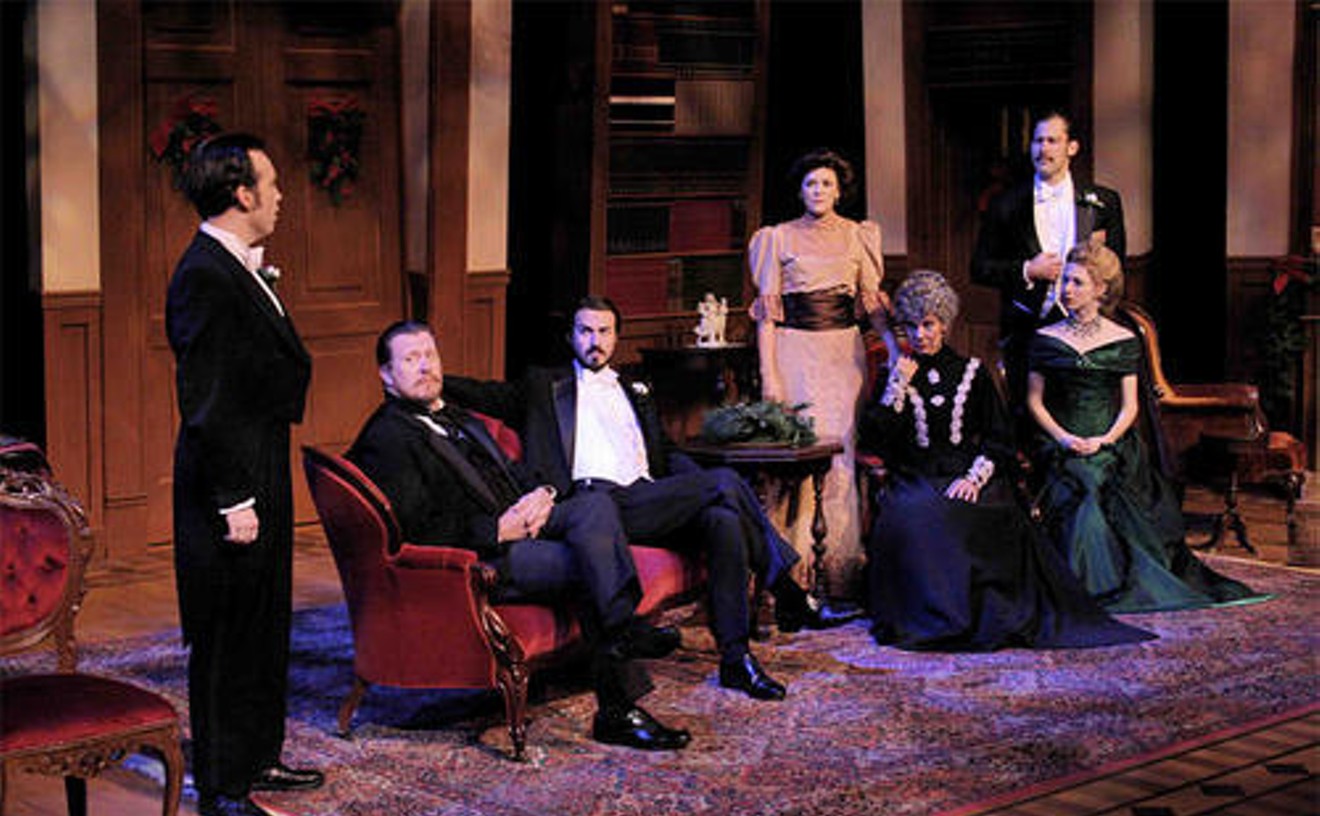
South Florida should be very proud. In any other year, Thom Paine, The Clean House, 9 Parts of Desire, or The Fourth Wall would have all been shoe-ins for Best Play. Alas, this was a year of staggering theater, and no show was quite so staggering as Doubt, probably the best play John Patrick Shanley ever wrote. Caldwell Theatre gave it the cast it deserved, and people filing out of the theater were heard to wonder aloud not only about the play's real meaning but about the purpose of theater in general. This year's other great plays were moving or scary or funny, but Doubt made you doubt — not just what happened in the show, but how certain you can be of anything. Shanley's script follows an old-school nun as she seeks to discover whether or not her parish priest is molesting a young pupil. At times you believe that he isn't, that he is, that he might be — and, in a few weird moments of cognitive dissonance, you believe all of these things at the same time. If peeling away our easy grasp on fact versus fiction isn't the greatest thing a show can do, we don't know what is.
- 7901 N. Federal Highway, Boca Raton, 33487 Map
- 561-241-7432
- www.caldwelltheatre.com
Best Reggae Sound System
Black Chiney
Few reggae sound systems around the country gig as often as our own Black Chiney. While perched here in South Florida, the five members of Black Chiney work nearly every corner of the globe, from Europe to Asia to the Caribbean and beyond, keeping up a schedule as rich as the topnotch reggae jams they spin at their parties. Not only are they one of the most accomplished and talked about reggae sounds in the country, they also make impossibly good mixtapes combining hip-hop and dancehall, making them an anomaly within their own industry. At the head of this sound system is Supa Dups, the Buddha-like long-time reggae veteran who handles most of the crew's production and booking. He's the chief architect behind a host of popular dancehall riddims like the Dr. Bird, the Drumline, and a slew of other beats that mainstream artists such as Nina Sky, Collie Buddz, Estelle, and others have used recently. That alone brings enough notoriety to the crew. But like Voltron, this sound system has various components and its other selectors — Bobby Chin, Walshy Fire, Willy Chin Remix, and Dinero — are equally nice in the dancehall. What's best though is that with all the cockiness and bravado attached to dancehall music, the members of Black Chiney are typically the lowest-key guys in the room. They up the ante for what reggae selecting is all about.


